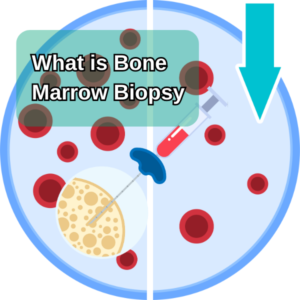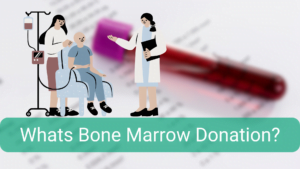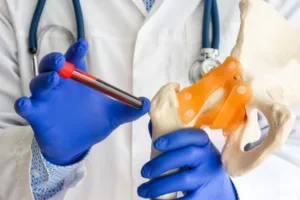+90 533 813 89 77
info@bookingforhealth.com
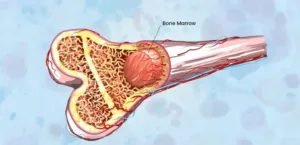
Exploring the Success Rates of Half-Match Bone Marrow Transplants
The success rate of half-match bone marrow transplants, also known as haploidentical transplants, has steadily risen over the years. Unlike traditional transplants that require a near-perfect match, half-match transplants broaden the donor pool to include family members who share only half of the necessary genetic markers. This expansion significantly increases the chances of finding a suitable donor.
Unlocking the Power of Compatibility: Bone Marrow Matching and Transplants
In the world of medical advancements, bone marrow transplants have emerged as a beacon of hope for patients battling various life-threatening conditions. At the heart of the success of these transplants lies the critical concept of finding the perfect “match for bone marrow.” This article delves into the intricate world of bone marrow matching, shedding light on the procedures, criteria, and the vital role played by organizations like “Be The Match.”
Swab for Bone Marrow Match: The First Step towards Saving Lives
Becoming a bone marrow donor starts with a simple swab. Organizations like “Be The Match” conduct swabbing drives to identify potential donors. This painless process helps determine compatibility and creates a database that can potentially save lives. Being a match for bone marrow involves a unique combination of human leukocyte antigens (HLAs), and even a half-match can pave the way for a life-changing transplant.
Crucial Factors: HLA Matching for Bone Marrow Transplants
HLA matching is a cornerstone of successful bone marrow transplants. Human leukocyte antigens are proteins that play a pivotal role in the body’s immune response. For a transplant to be successful, these antigens must align as closely as possible between the donor and the recipient. A higher degree of matching reduces the risk of graft-versus-host disease (GVHD) and increases the likelihood of transplant success.
Navigating Bone Marrow Donor Match Requirements
The process of becoming a bone marrow donor involves meeting specific requirements. Donors should be within a certain age range and in good health. Factors such as HLA type, blood type, and genetic background play a role in determining compatibility. A comprehensive medical evaluation ensures the safety and well-being of both the donor and the recipient.
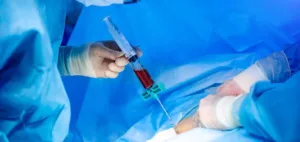
Decoding the Bone Marrow Matching Process
The science behind bone marrow matching is intricate yet fascinating. Donors are identified by comparing their HLA profiles to those of patients in need. Advanced technology and meticulous analysis contribute to identifying the closest possible matches. The closer the match, the better the chances of a successful transplant and a positive outcome.
From Swab to Transplant: The Journey to Saving Lives
Once a match is found, the bone marrow donation process begins. This can involve either traditional marrow donation or peripheral blood stem cell donation, depending on the donor’s and recipient’s medical conditions. The transplant procedure itself marks a significant milestone, offering patients renewed hope for a healthier future.
Empowering Life with Bone Marrow Transplants: Be The Match
Organizations like “Be The Match” have revolutionized the bone marrow matching landscape. Through extensive donor registries and awareness campaigns, they have made it possible to find matches for patients in need. Their relentless efforts bridge the gap between potential donors and recipients, turning compassion into tangible life-saving results.
The Ongoing Quest: Pioneering Research and Future Possibilities
While remarkable strides have been made in bone marrow transplantation, ongoing research continues to push the boundaries of what’s possible. Scientists and medical professionals are exploring innovative techniques to enhance compatibility and reduce the risk of complications post-transplant. These endeavors offer a promising outlook for the future of bone marrow transplants.
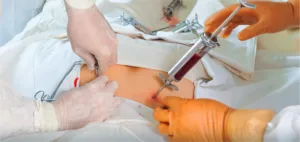
Summary
The journey of finding a match for bone marrow is a testament to the incredible advancements in medical science and human solidarity. As technology advances and organizations continue their tireless efforts, the potential to save lives through successful bone marrow transplants grows exponentially. Every swab, every match found, and every transplant performed brings us one step closer to a world where devastating diseases are conquered, one match at a time. Through understanding and collaboration, the power of compatibility transforms lives and offers renewed hope in the face of adversity.

